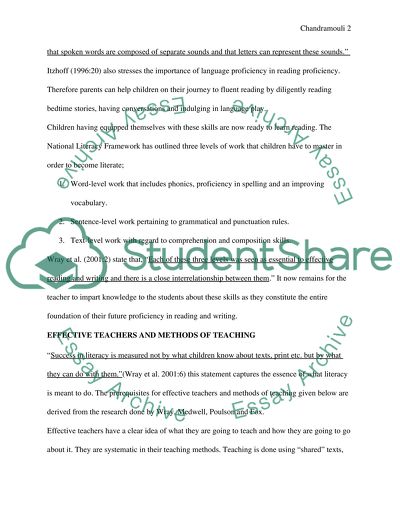Cite this document
(“A critique of the national literacy framework and the hour Essay”, n.d.)
A critique of the national literacy framework and the hour Essay. Retrieved from https://studentshare.org/miscellaneous/1520061-a-critique-of-the-national-literacy-framework-and-the-hour
A critique of the national literacy framework and the hour Essay. Retrieved from https://studentshare.org/miscellaneous/1520061-a-critique-of-the-national-literacy-framework-and-the-hour
(A Critique of the National Literacy Framework and the Hour Essay)
A Critique of the National Literacy Framework and the Hour Essay. https://studentshare.org/miscellaneous/1520061-a-critique-of-the-national-literacy-framework-and-the-hour.
A Critique of the National Literacy Framework and the Hour Essay. https://studentshare.org/miscellaneous/1520061-a-critique-of-the-national-literacy-framework-and-the-hour.
“A Critique of the National Literacy Framework and the Hour Essay”, n.d. https://studentshare.org/miscellaneous/1520061-a-critique-of-the-national-literacy-framework-and-the-hour.


